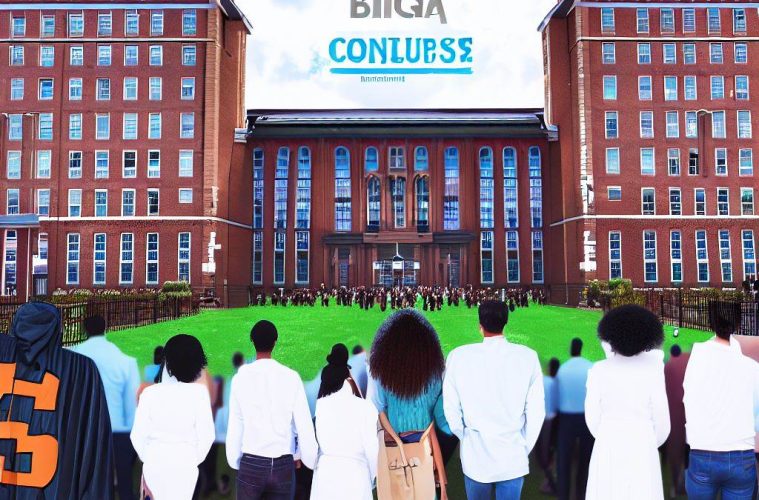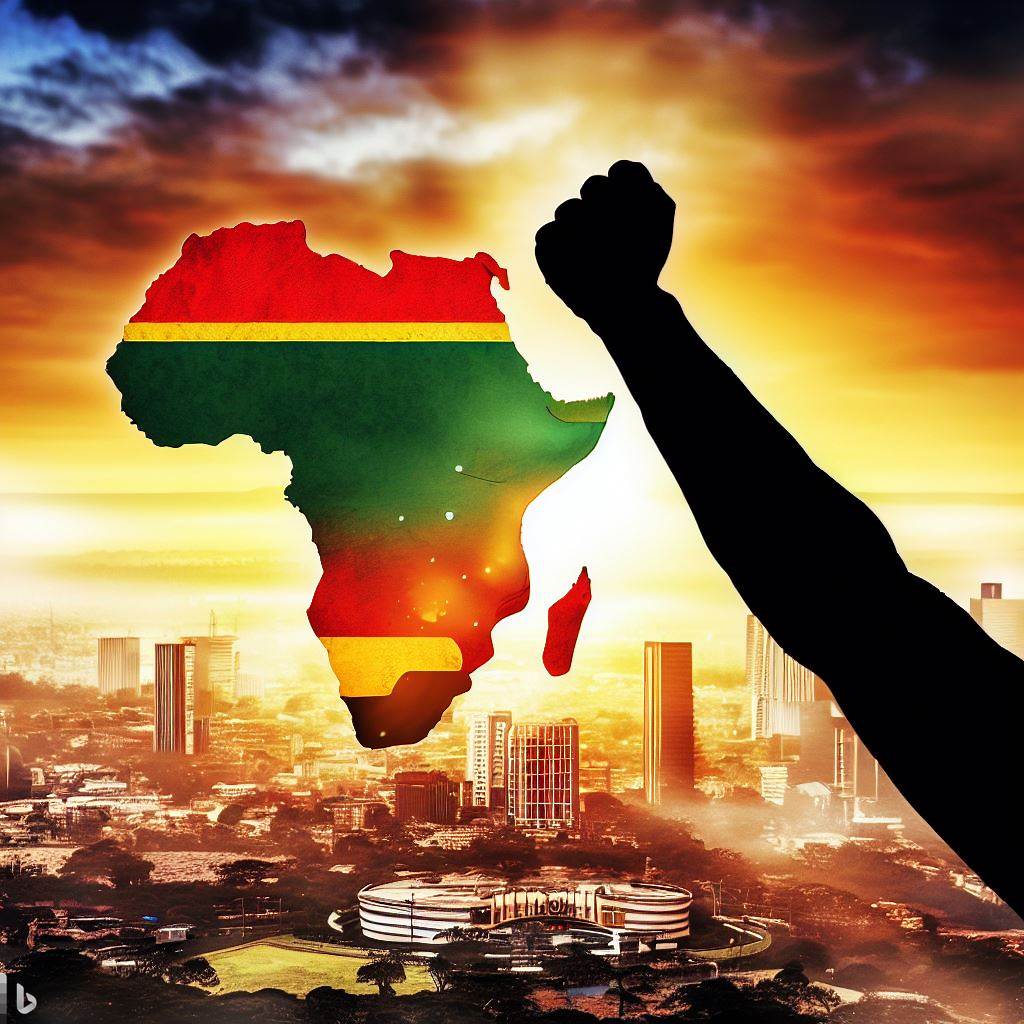History
The intent of Affirmative action is to be a policy that would increase the representation of historically disadvantaged groups in education, employment, and other sectors.
The policy was developed to enforce the Civil Rights Act of 1964, in an effort to eliminate discrimination.
[Affirmative action was initiated by the administration of President Lyndon Johnson (1963–69) in order to improve opportunities for African Americans while civil rights legislation was dismantling the legal basis for discrimination1. The federal government began to institute affirmative action policies under the landmark Civil Rights Act of 1964 and an executive order in 1965. Businesses receiving federal funds were prohibited from using aptitude tests and other criteria that tended to discriminate against African Americans. Affirmative action programs were monitored by the Office of Federal Contract Compliance and the Equal Employment Opportunity Commission (EEOC). Subsequently, affirmative action was broadened to cover women and Native Americans, Hispanics, and other minorities and was extended to colleges and universities and state and federal agencies.]
Affirmative action was an active effort to improve employment or educational opportunities for members of minority groups and for women. However, it obviously didn’t work out that way, at least not for African Americans. Despite legislation that outlawed discrimination practices in the U.S., tangible change in the status quo was not immediate.
Early implementations of affirmative action largely focused on halting the continued social segregation of minorities and other disadvantaged individuals from institutions and opportunities.
Affirmative action policies vary from country to country. According to a study by Thomas Sowell, “affirmative action programs around the world have at best a negligible impact on the groups they are intended to assist.”
Our research has shown that about one-quarter of the world’s countries have some form of affirmative action for student admissions into higher education. Many of these programs have emerged over the last 25 years. These policies may go by various names – affirmative action, reservations, alternative access, positive discrimination – but all are efforts to increase the numbers of underrepresented students in higher education.
The affirmative action policy gained momentum in the United States because it gave hope in the promotion of equal opportunity for various segments of society. Although the target group was African Americans because we know at this time no other group was as underserved. Even the Indians/Native Americans had reservations and sovereignty.
Implementation
So, undoubtedly this bill inspired further hope for the advancements of the African people.
Yet, somehow it became a government remedy to the effects of long-standing discrimination against multiple groups and has consisted of policies, programs, and procedures that give limited preferences to Minorities and Women in job hiring, admission to institutions of higher education, the awarding of government contracts, and other social benefits.
We never guessed that Black women were not considered a part of the African minority group. Any Bill or Law aimed at the African American community surely includes them as we understand.
Yet, as we know when it comes to the letter of the law , each and every word is written with purpose. So by purposely stating Minorities and Women you are separating African Families from whom ? Or combining them with whom?
The main purpose of affirmative action is to diversify various parts of society. The government-backed policy was developed to provide inadequately represented groups of people with access to opportunities in academia, the private workforce, and government jobs.
So while it is often associated with racial and ethnic minorities, it evolved to also apply to other categories such as gender, disability, and socioeconomic status.
Of each of these groups the one who reaped the most benefit and who it seems became the intended target is white women, who have gained access to higher education and professional careers that were previously dominated by white men.
So, as much hate that may exist towards the African families alongside the misogynist views of white supremacy. They would of course rather see the white women in a position of benefit and leadership than the African family.
The white women who understand this will campaign for civil rights and march alongside but their end game is not the same as ours and we see this in the end results of Affirmative Action decades later. We see this in how after they achieve their goal they so quickly splinter off from the group ( ie; Black Lives Matter who once had such significant support amongst white women until..) We also see this today in how LGBTQ rights are assimilated as being the same and while we are so quick to support any who profess to be in the struggle with the African family , ultimately it is us who are always being left behind.
According to some scholars, including sociologist Wendy Leo Moore and racism education professor Robin DiAngelo, white women have benefited the most from affirmative action. White women today are more educated and make up a bigger slice of the workforce as a result of decades of affirmative action policies
However, the impact of affirmative action on white women is complex and controversial, as it raises questions about merit, privilege, and intersectionality.
Results
In the past six decades since its inception, women have excelled over men in obtaining four-year degrees while Black and Latino students are still underrepresented in college admissions and graduation rates.
White women, in these last years have expanded significantly into senior leadership jobs at twice the rate of women of color, even as women still remained outnumbered 4 to 1 in these positions. Meaning that of the positions that did open up for women, white women were significantly chosen over Black women.
Why are we speaking so much about women when the popular belief is that Affirmative Action was for African Americans and racial equality?
This is the result of long-running anti-affirmative action campaigns from conservative groups that attack race-based affirmative action but not gender-based affirmative action. Which in turn produced the result of significant strides for white women, but not for women of color. Since women of color are seen as their race before their gender, women of color haven’t benefited from it.
Critics of affirmative action argue that it is unfair because it is racist, sexist, or discriminatory. They claim that it is racist to prefer one race over another; it is sexist to prefer one sex over another; and it is discriminatory to penalize individuals simply because they are members of a group.
Some people also argue that affirmative action policies and programs based on reverse discrimination have given rise to heated debates, which have divided public opinion on supporting affirmative action policies.
In 2023, the U.S. Supreme Court issued a landmark decision in Students for Fair Admissions v. Harvard held that race-based affirmative action programs in college admissions violate the 14th Amendment’s Equal Protection Clause.
In the ruling for Students for Fair Admissions v. the University of North Carolina companion case, the court overruled the previous precedent set in Grutter v. Bollinger and Regents of the University of California v. Bakke that had previously validated some affirmative action in college admissions allowed for race to hold a limited role in decision making by college administrators.
Despite the obvious gains made by Black Men, white men still maintain control of about two-thirds of the top jobs in spite of being only about one-third of U.S. workers.
White men represent 7 in 10 executives at the very top of the nation’s 100 largest publicly traded companies meanwhile States such as Idaho, Arizona, Florida, Nebraska, New Hampshire, Oklahoma, Washington, California, and Michigan have already banned affirmative action policies in higher education.
Solutions
Pan Africanism signifies the end of begging for birth given human rights. Why beg another Nation for better Food, Clothing, Shelter, Education and just plainly the rights to exist and be able to work, provide for and support your family in Peace?
Why be upset when they do not do what they promised or just decide that it makes sense to put their family first?
Do we continue to March and suffer and keep living in false hope , or do we unite and become a Nation and support our own progress? Giving our future generations more to be proud of. That we didn’t come to greatness as a rule of exception or by way of sympathy but that we came together and achieved greatness as we’ve always done since the beginning of time. As One People and One Nation.







